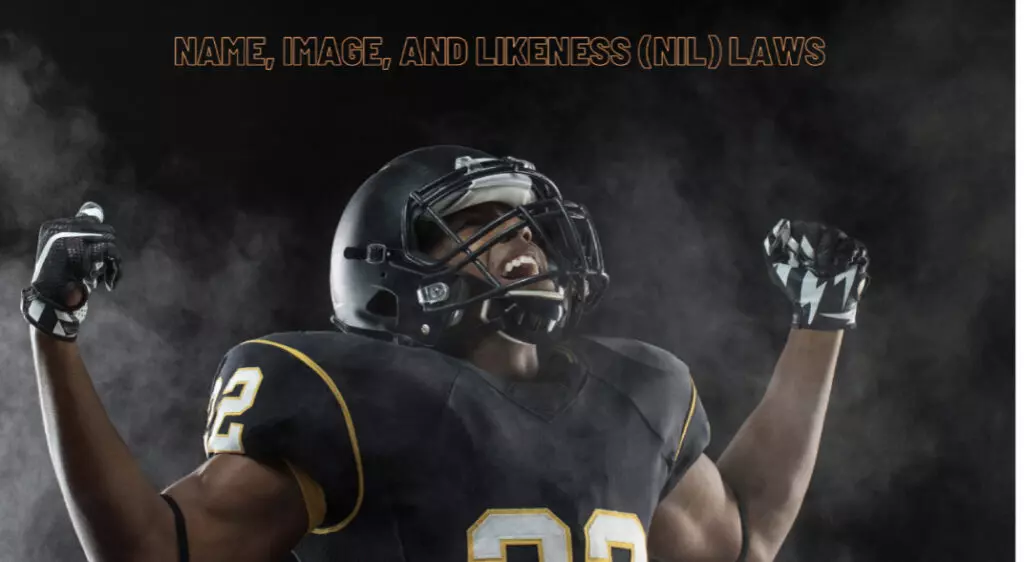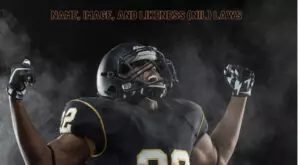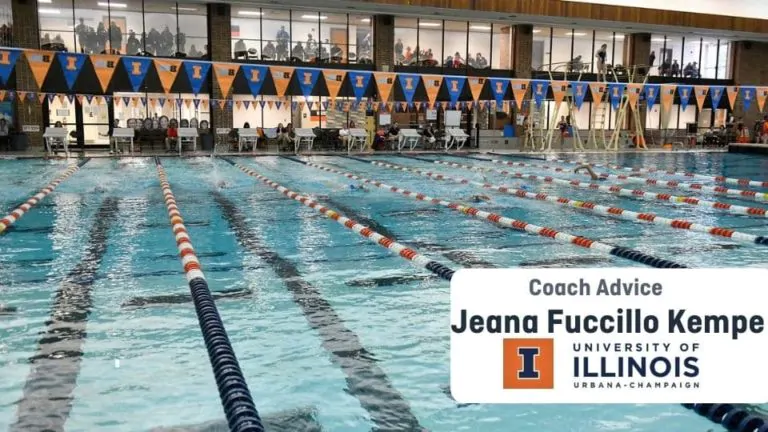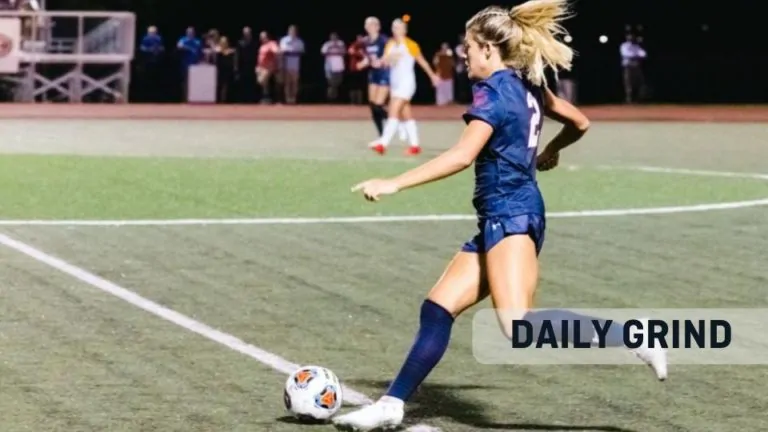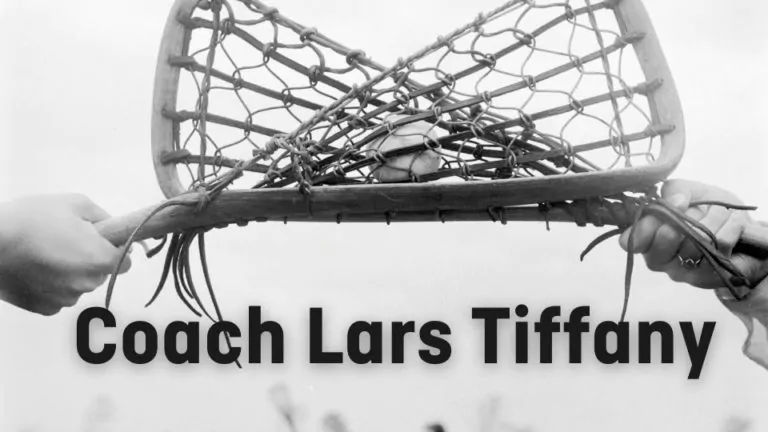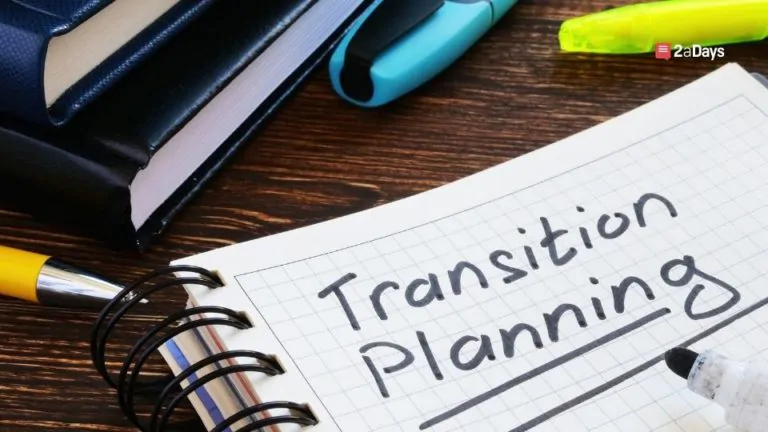College athlete name, image, and likeness (NIL) laws are coming, whether leaders in college sports like it or not. That's why, on July 1st, a group of representatives met in Washington D.C. to discuss the future of athlete NIL legislation moving forward. Unfortunately, plenty of misinformation and bad takes circulated the conference room over the course of the hearing. Here are a couple of NIL arguments that need rebuttals in light of recent discourse.
First, there was the notion that NIL funding for men's basketball and football will pull funding from women's sports. It's a bad argument, but it was one that was made by SEC commissioner Greg Sankey, who appealed to the myth that Title IX requires equal spending among genders in college sports. This isn't how Title IX functions in collegiate athletics, and NCAA records prove that men consistently receive more funding than women. That's likely because Title IX only requires schools to allocate equal spending on athletic scholarships. However, universities frequently violate Title IX laws as they pertain to scholarships. According to the NCAA's Financial Reporting System, male athletes receive an average of 51% of their university's scholarship dollars, while female athletes receive 45% at the Division 1 level (4% of scholarship expenditures were recorded as “coed or unaccounted”). The same source indicates that “Division I FBS institutions spend more than twice as much on each male student-athlete than on each female student-athlete,” so financial inequity already exists in the NCAA because the NCAA's member schools are getting away with skirting Title IX.
Furthermore, even if Title IX required equal spending on all fronts, every NIL bill currently on the table is simply focused on granting college athletes rights to their NILs—none of these laws require universities to pay college athletes as if they're employees. Equal rights to a free market would be a massive step toward gender equity in collegiate athletics, especially for female athletes who have fewer opportunities to compete professionally and typically reach their peak athletic earning potential in college. Title IX isn't an excuse to avoid passing NIL laws, and it's a deeply flawed, but persistent argument against college athlete NIL rights.
There was also the reasoning that NIL laws should ensure that college athletes should be similarly to non-athlete students. In his testimony, NCAA Board of Governor's chair Michael V. Drake stated that the “Association must embrace change to provide the best possible experience for student-athletes and directed the three divisions to immediately begin the process of modernizing its rules to allow students participating in athletics the opportunity to benefit from the use of their NIL.” Among the working group's guiding principles is the notion that NIL rules should “ensure student-athletes are treated similarly to non-athlete students unless a compelling reason exists to differentiate.”
As a former Division 1 athlete, my response is: “Why?” College athletes live vastly different lives than non-athlete students because of their athletic obligations that tether them to a borderline extreme lifestyle. Given the NCAA's laxly-regulated 20-hour rule, which actually allows college athletes to spend upwards of 50 hours a week on their sport, college athletes are arguably employees, whereas most non-athlete students are not. Furthermore, college athletes already sign autographs, wear the logos of university sponsors on their uniforms, and make media appearances—they're just not paid for these uses of their NIL. However, as indicated by the pervasive practice of schools using athlete NILs to boost PR and solicit alumni donations, it is clear that the NILs of college athletes have market value that the NILs of most non-athlete students do not. It is also worth noting that every non-athlete student enrolled at an American university has the unfettered right to profit from their name, image, and likeness. If the NCAA truly wanted to treat college athletes like non-athlete students, the Association would extend these rights to athletes as well.
There will always be bad takes surrounding college athlete NIL rights until American sports fans view college athletes as non-amateurs. Until then, fans and allies of college athletes must stay informed of misinformation within this discourse, because laws granting college athletes rights to their NILs are coming, whether people like it or not.
For more NCAA updates, follow Katie Lever on Twitter/Instagram: @leverfever
* Originally published on July 10, 2020, by Katie Lever, Ph. D
